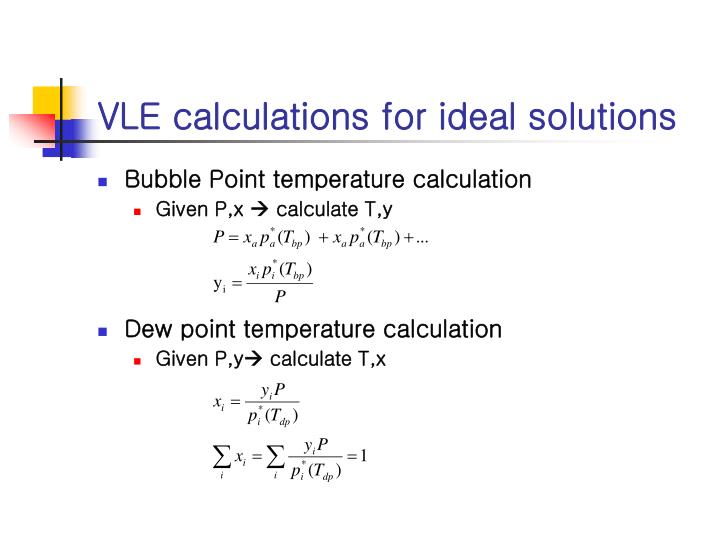

- #PURE POINT MEASURE DISTRIBUTION UPDATE#
- #PURE POINT MEASURE DISTRIBUTION CODE#
We can think about the entropy of a dataset in terms of the probability distribution of observations in the dataset belonging to one class or another, e.g. Now, let’s consider the entropy of a dataset. A Gentle Introduction to Information Entropy.Balanced Probability Distribution ( surprising): High entropy.įor more on the basics of information and entropy, see the tutorial:.Skewed Probability Distribution ( unsurprising): Low entropy.

Whereas probability distributions where the events are equally likely are more surprising and have larger entropy. Low probability events are more surprising therefore have a larger amount of information. In information theory, we like to describe the “ surprise” of an event. A skewed distribution has a low entropy, whereas a distribution where events have equal probability has a larger entropy. Entropy quantifies how much information there is in a random variable, or more specifically its probability distribution. Lower probability events have more information, higher probability events have less information. You might recall that information quantifies how surprising an event is in bits. Information Gain, or IG for short, measures the reduction in entropy or surprise by splitting a dataset according to a given value of a random variable.Ī larger information gain suggests a lower entropy group or groups of samples, and hence less surprise.
How Are Information Gain and Mutual Information Related?. Examples of Information Gain in Machine Learning. Worked Example of Calculating Information Gain. This tutorial is divided into five parts they are: Photo by Giuseppe Milo, some rights reserved. What is Information Gain and Mutual Information for Machine Learning #PURE POINT MEASURE DISTRIBUTION UPDATE#
Update Aug/2020: Added missing brackets to equation (thanks David). Update Nov/2019: Improved the description of info/entropy basics (thanks HR). #PURE POINT MEASURE DISTRIBUTION CODE#
Kick-start your project with my new book Probability for Machine Learning, including step-by-step tutorials and the Python source code files for all examples.
Mutual information calculates the statistical dependence between two variables and is the name given to information gain when applied to variable selection. Information gain is calculated by comparing the entropy of the dataset before and after a transformation. Information gain is the reduction in entropy or surprise by transforming a dataset and is often used in training decision trees. In this post, you will discover information gain and mutual information in machine learning. In this slightly different usage, the calculation is referred to as mutual information between the two random variables. Information gain can also be used for feature selection, by evaluating the gain of each variable in the context of the target variable. It is commonly used in the construction of decision trees from a training dataset, by evaluating the information gain for each variable, and selecting the variable that maximizes the information gain, which in turn minimizes the entropy and best splits the dataset into groups for effective classification. The upper and lower Fréchet–Hoeffding bounds are singular distributions in two dimensions.Information gain calculates the reduction in entropy or surprise from transforming a dataset in some way. In mathematics, two positive (or signed or complex) measures μ






 0 kommentar(er)
0 kommentar(er)
